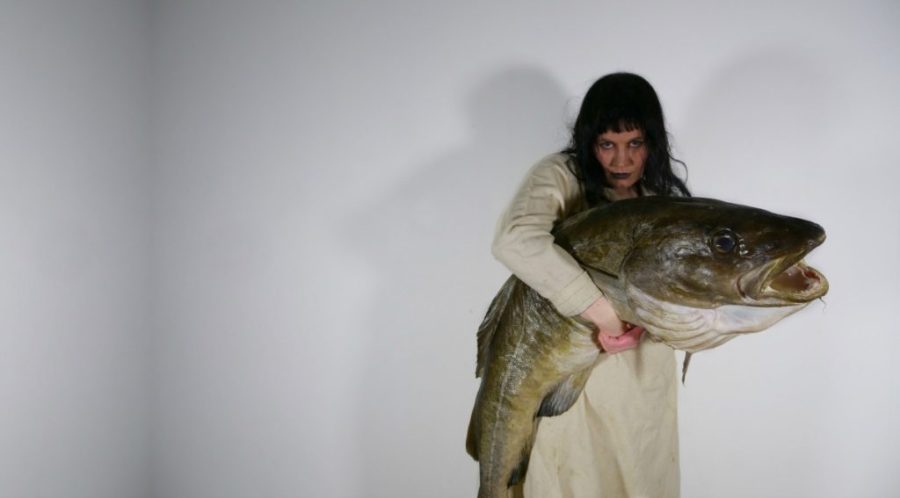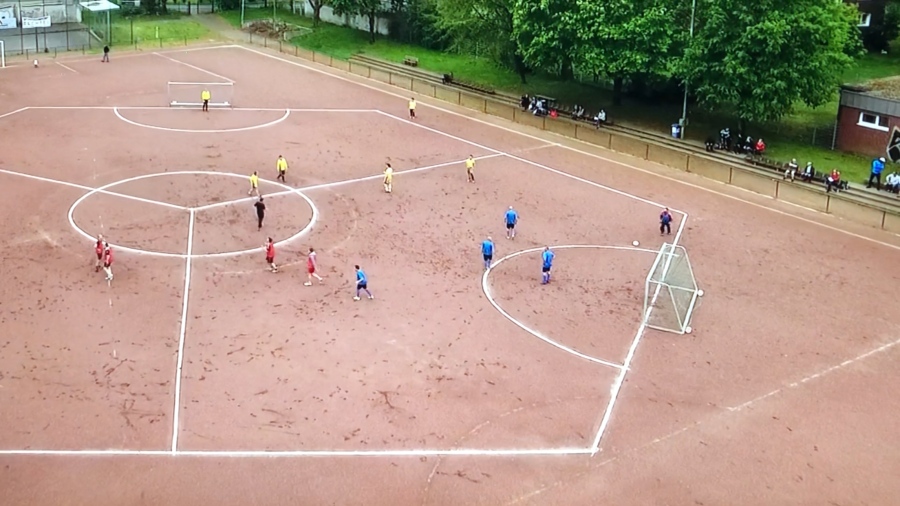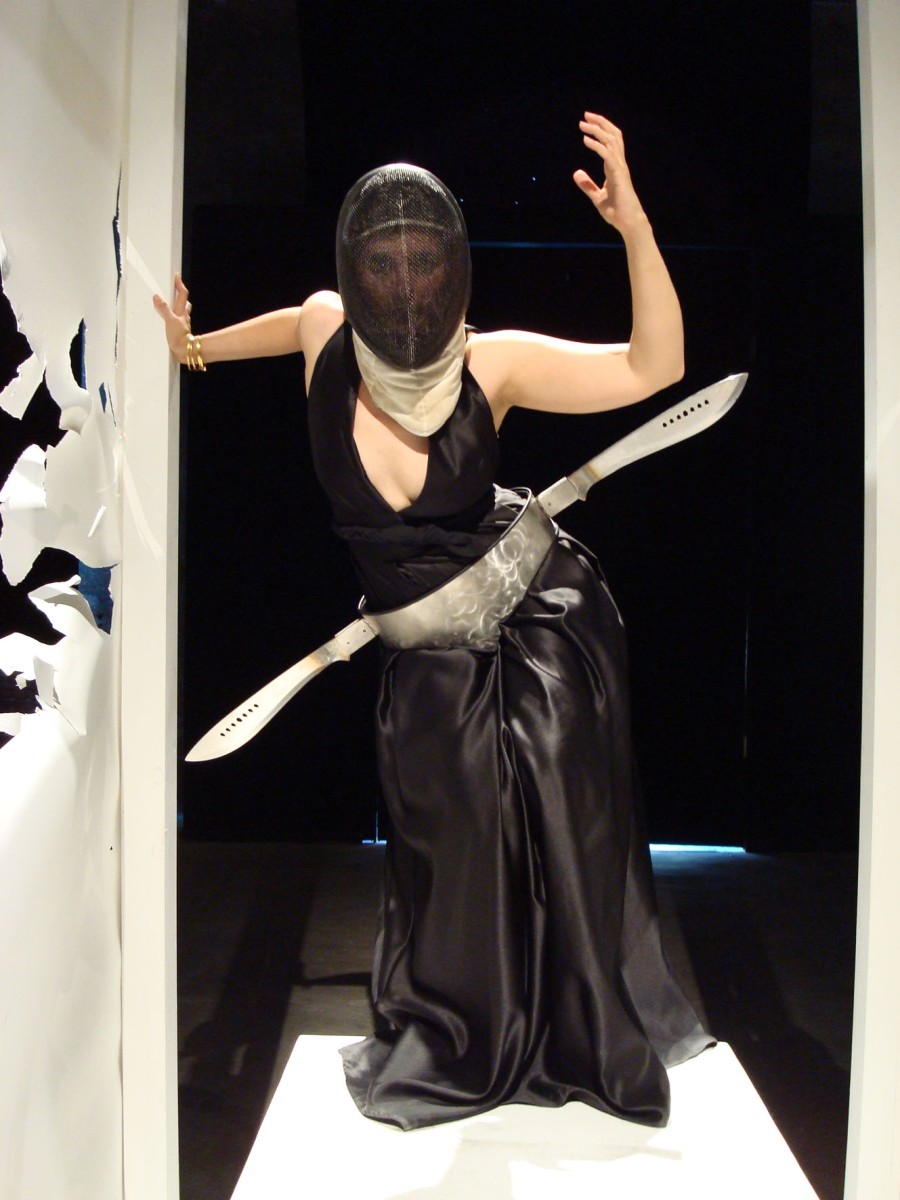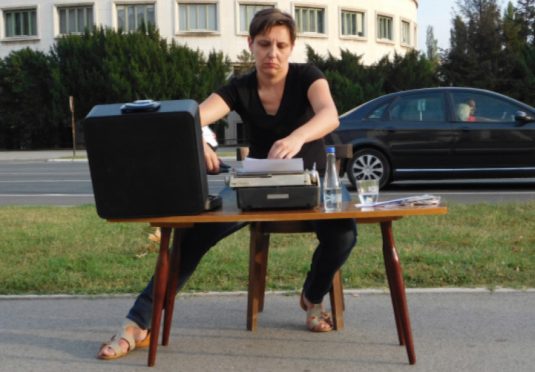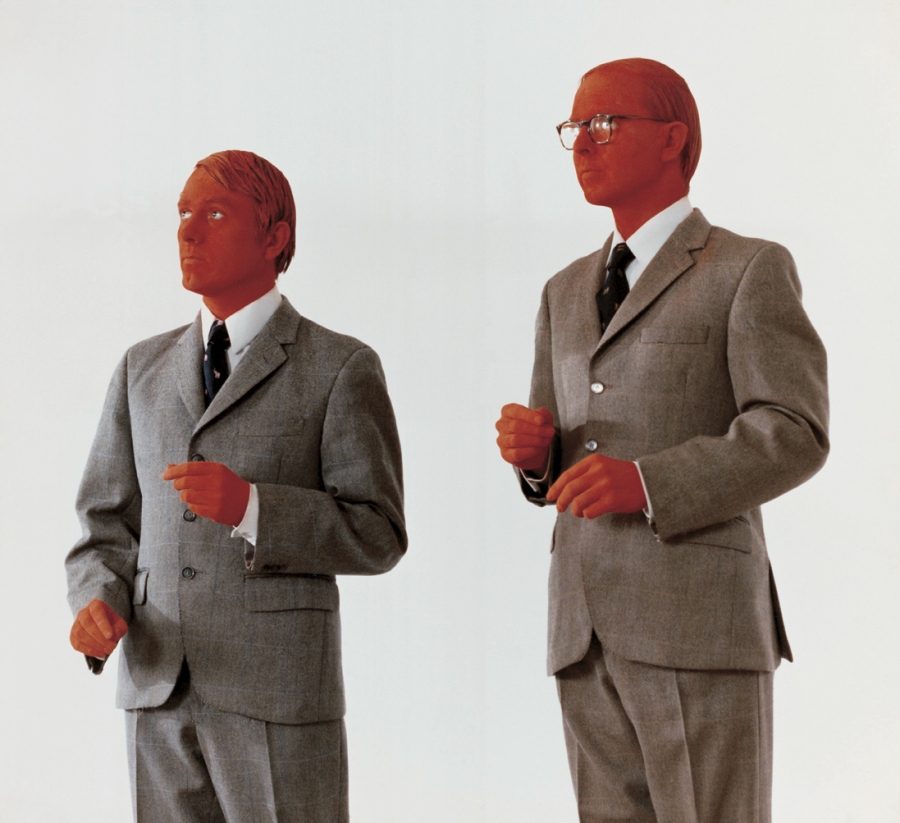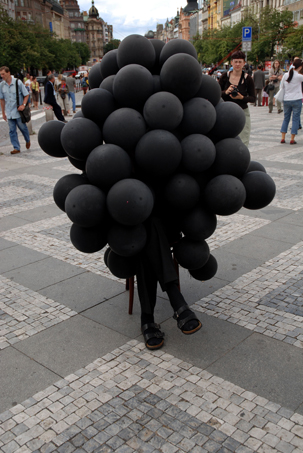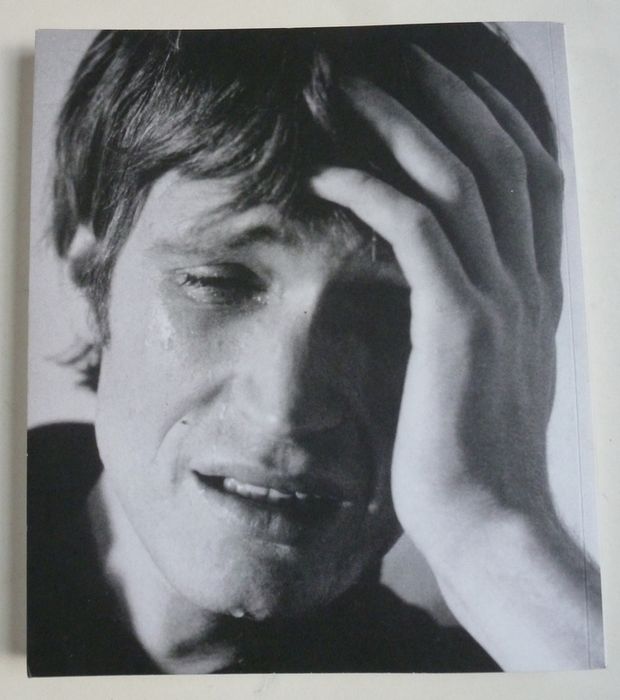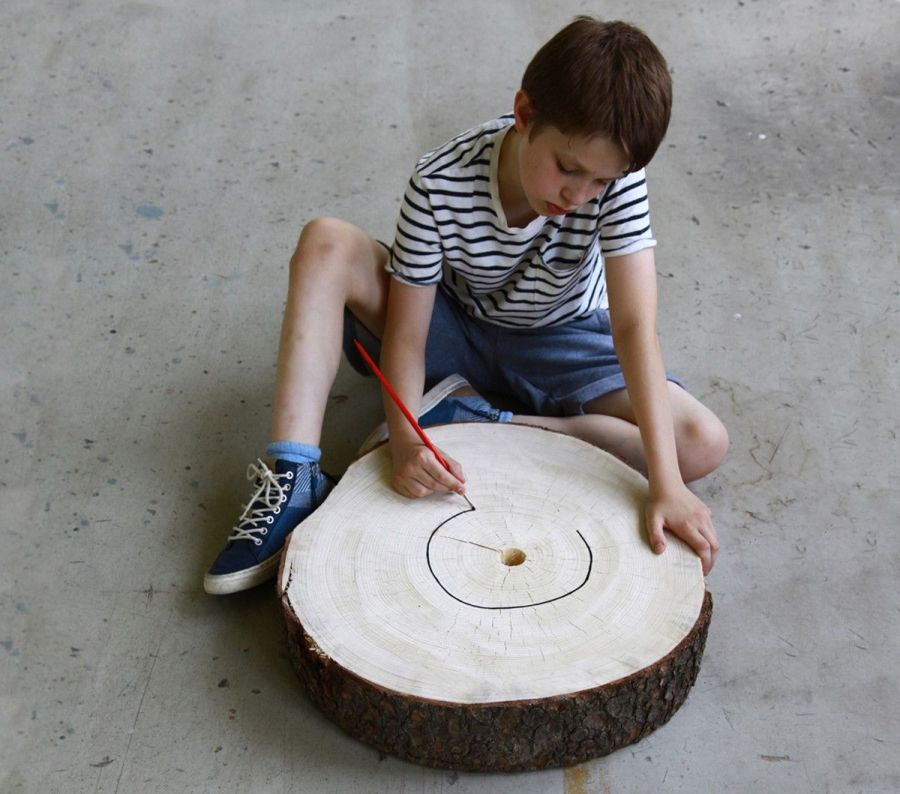European Performance Art. From Dada, the Futurists to now.
In the late 1950s, performance art in Europe began to develop alongside the work being done in the United States. Still affected by the fallout from World War II, many European artists were frustrated by the apolitical nature of Abstract Expressionism, the prevalent movement of the time. They looked for new styles of art that were bold and challenging. Fluxus provided one important focus for Performance art in Europe, attracting artists such as Joseph Beuys. In the next few years, major European cities such as Amsterdam, Cologne, Düsseldorf, and Paris were the sites of ambitious performance gatherings.
Performance art in Europe is hardly a monolith. In fact comparing the work of artists from Eastern Europe to those in the West has consistently undermined the novelty of the region’s contributions to global art history [Amy Bryzgel]. Performance art, which became a mechanism for personal expression and cultural autonomy in the state socialist era, maintains a related, if more politicized, purpose in contemporary Eastern Europe and Russia, where threats to civic freedoms and a lack of transparency in government wreak havoc on democracy.

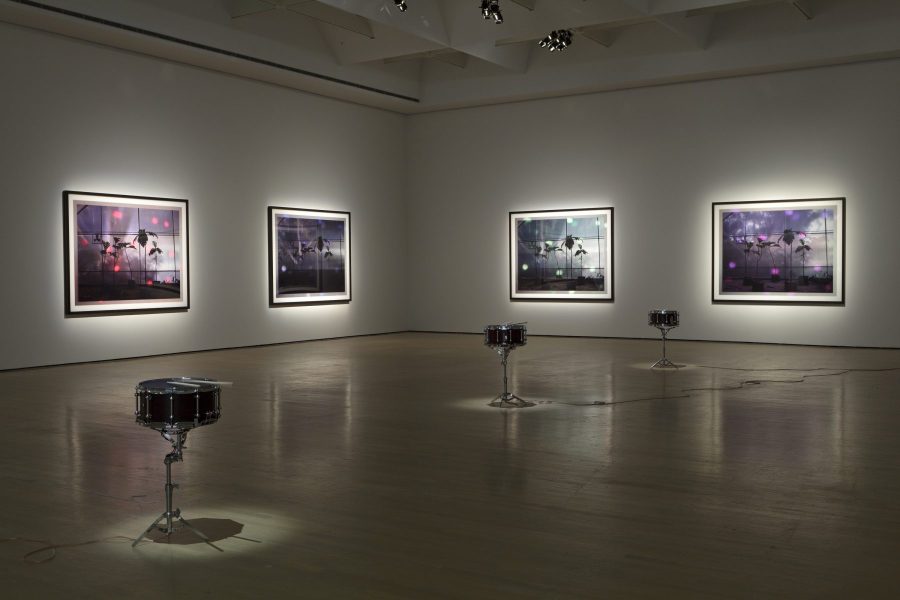
Albania

Lithuania
In the late 1950s, performance art in Europe began to develop alongside the work being done in the United States. Still affected by the fallout from World War II, many European artists were frustrated by the apolitical nature of Abstract Expressionism, the prevalent movement of the time. They looked for new styles of art that were bold and challenging. Fluxus provided one important focus for Performance art in Europe, attracting artists such as Joseph Beuys. In the next few years, major European cities such as Amsterdam, Cologne, Düsseldorf, and Paris were the sites of ambitious performance gatherings.
Performance art in Europe is hardly a monolith. In fact comparing the work of artists from Eastern Europe to those in the West has consistently undermined the novelty of the region’s contributions to global art history [Amy Bryzgel]. Performance art, which became a mechanism for personal expression and cultural autonomy in the state socialist era, maintains a related, if more politicized, purpose in contemporary Eastern Europe and Russia, where threats to civic freedoms and a lack of transparency in government wreak havoc on democracy.
- Information and Links
- European Live Art Archive (ELAA)
- http://www.performance-art-research.de/
- https://artmargins.com/problems-in-transit-performance-in-romania/
- https://performingtheeast.com/dziugas-katinas/
- Live Art Development Agency – UK
- Petrešin-Bachelez, Nataša: Resilient Practices: A Few Case Studies on Performances in Public Spaces and their Controversies in the former Eastern Europe
- The Global Contemporary and Rise of New Art Worlds
- Performing in the East – An Explosion of Performance Art in Estonia
- Amy Bryzgel: The Trouble with Living Artists
- DutchCulture|TransArtists – connection to international arts residencies
- ECC Performance Art – ECC Performance Art is an online teaching and research platform dedicated to strengthening the discipline of performance art by providing artists, scholars, and curators with a range of tools and insights for their professional growth. ECC Performance Art offers an extensive course program related to key aspects of performance art practice, its theoretical investigation, as well as its documentation and forms of curation and exhibition. Artistic and research projects developed in collaboration with ECC Performance Art cross theoretical and disciplinary boundaries and pioneer approaches to how we think about, study, exhibit, and produce performance art.
- European Performance Artists
- HOME OF PERFORMANCE PRACTICES -an incubator for artistic research around the Body in Performance and its wider Ecology. Within its setting of de-disciplined and diverse thinking, the HOME promotes performance-making as a strategy for equitable societies. At the core of the HOME is the accredited Master Performance Practices.
- Latvian Performance Art Centre – Latvijas Performances mākslas centrs ir dibināts 2018. gadā ar mērķi aktualizēt performances mākslu Latvijā, organizējot mākslas, izglītības un kultūras pasākumus, kā arī veidojot zinātniski pētniecisko bāzi un arhīvu. LPMC sadarbojas ar ārvalstu māksliniekiem un mācībspēkiem, kā arī vietējiem partneriem.
- Performance Art in Eastern Europe since 1960 – Amy Bryzgel
- PerformanceHUB – a performance art certificate program founded by the artist Marta Jovanović in collaboration with Milica Pekić and G12 HUB.
- The Global Contemporary and the Rise of New Art Worlds
- Alienation Effects: Performance and Self-Management in Yugoslavia, 1945-91
- Besacier, Hubert: Cinc ans D”Art Performance Lyon – Five years of performance art in Lyon 1979-1983
- Performance Art in Eastern Europe – conference Doing Performance
- Cabaret Voltaire Zürich – pdf – Doing Performance
- VENICE INTERNATIONAL PERFORMANCE ART WEEK -an independent, nonprofit, non funded and noncommercial live art exhibition project conceived, initiated and curated by artist duo VestAndPage.





